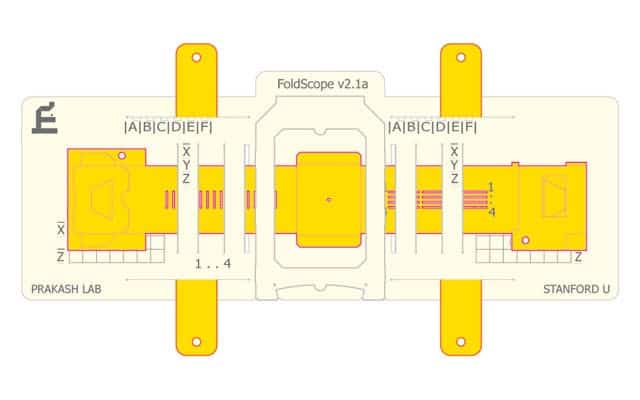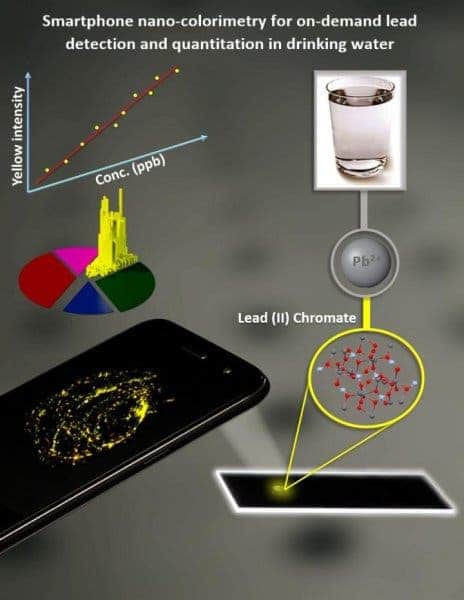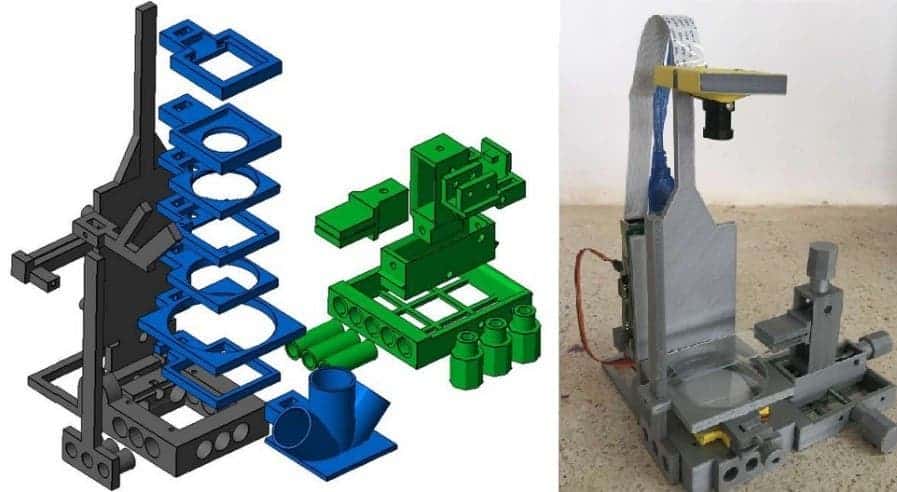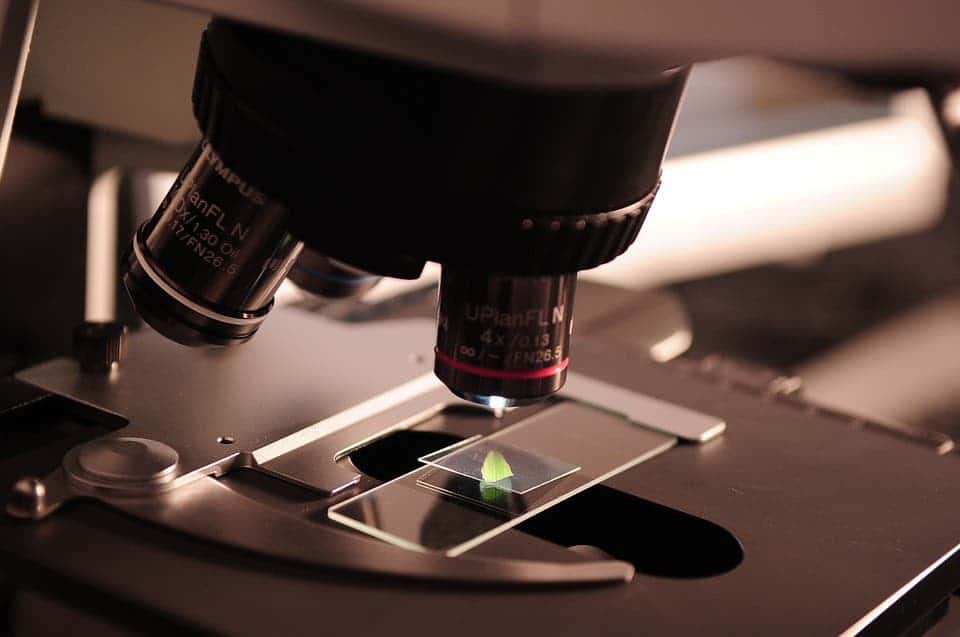The Foldscope is one of those innovative instruments that could potentially turn science communication and education en mass upside down. Developed by researchers from PrakashLab at Stanford University, the Foldscope is essentially a single flat sheet of paper, equipped with a lens, battery and LED, which can be folded akin to an origami to form a super strong microscope for under 1$ and 10 minutes.
If it sounds like a kid’s toy, you’re not that far from the truth. It’s made to be easy to assemble, wear and use by just about any kid. Considering it can provide up to roughly 2,100x magnification, providing a resolution of about 0.7 microns (nearly all cells are only a few microns in diameter), the Foldscope looks like a nifty tool for grownups too.

Operating the Foldscope is very easy to do. You first insert the sample in a microscope slide, then put the slide inside the microscope itself. Next, turn on the device’s LED light and hold the Foldscope with both hands, placing your eye near the device’s spherical microlens. Moving and pushing your thumbs across the Foldscope pans and focus the view.
Being extremely durable and lightweight (its creators claim it can withstand a three story fall), the team involved says the Foldscope might be ideal for field work where the terrain is harsh or there’s no equipment to be at hand.
“We have marine biologists interested in looking at larvae in the ocean, microfossil hunters making new discoveries, epidemiologists counting schistosomiasis infections in snails in the field, bee researchers trying to identify pathogens on bees, avian-disease experts looking at malaria in birds—all kinds of things,” says coauthor Manu Prakash at Stanford University. “This is what is exciting—we don’t tell people what to do. Just like a computer, it’s a tool you use for your own goals.”
The origami microscope shines most in its potential to deliver science to the people. In fact, the lab behind Foldscope is currently running a beta release involving more than 10,000 volunteers. At the end of the beta study, a manual made from material contributed by the volunteers will help set the first stones for Foldscope users.
“Imagine every child walking around the park, exploring the microcosmos in ways they have never experienced before,” Prakash says. “I am fascinated with the idea of what happens to the world when every single kid carries a microscope in his or her pocket. That is our vision, and we are trying to enable that.”
The paper microscope was detailed in the journal PLOS ONE.






